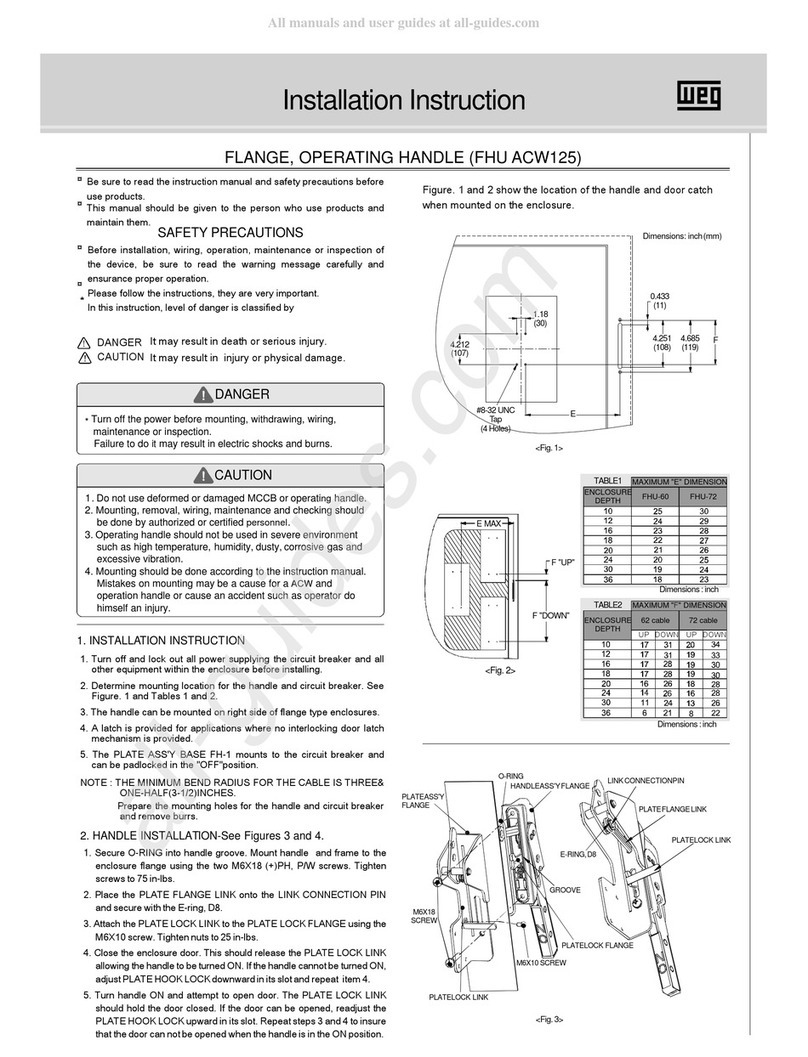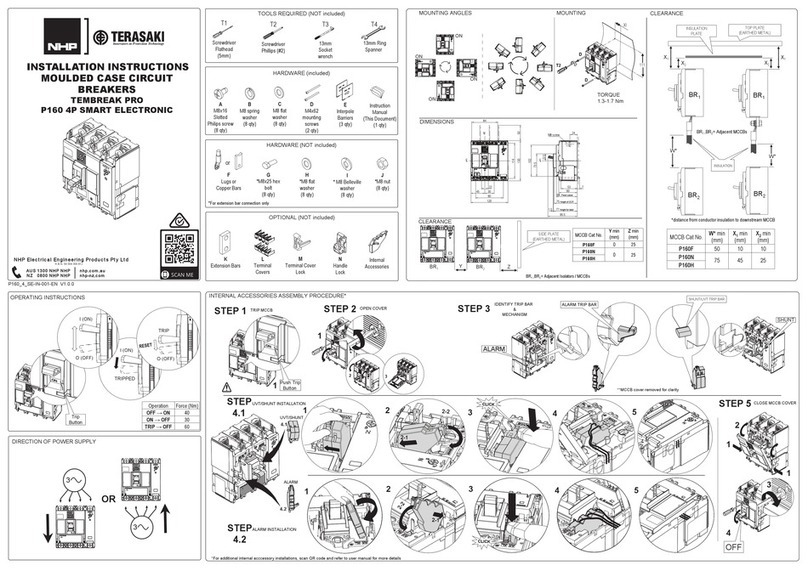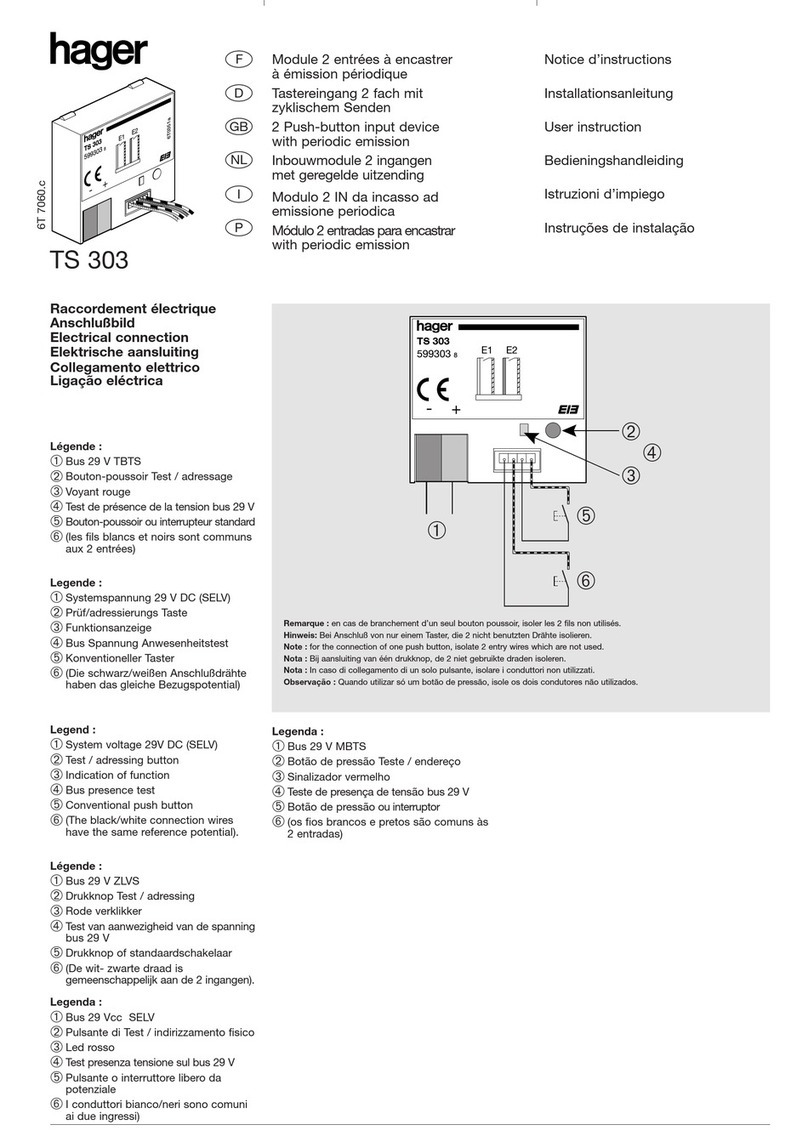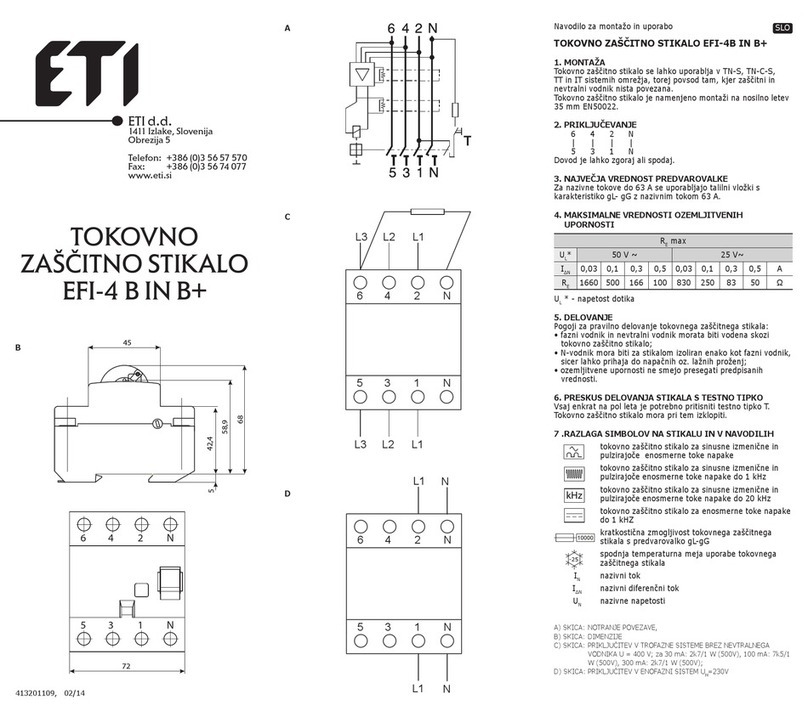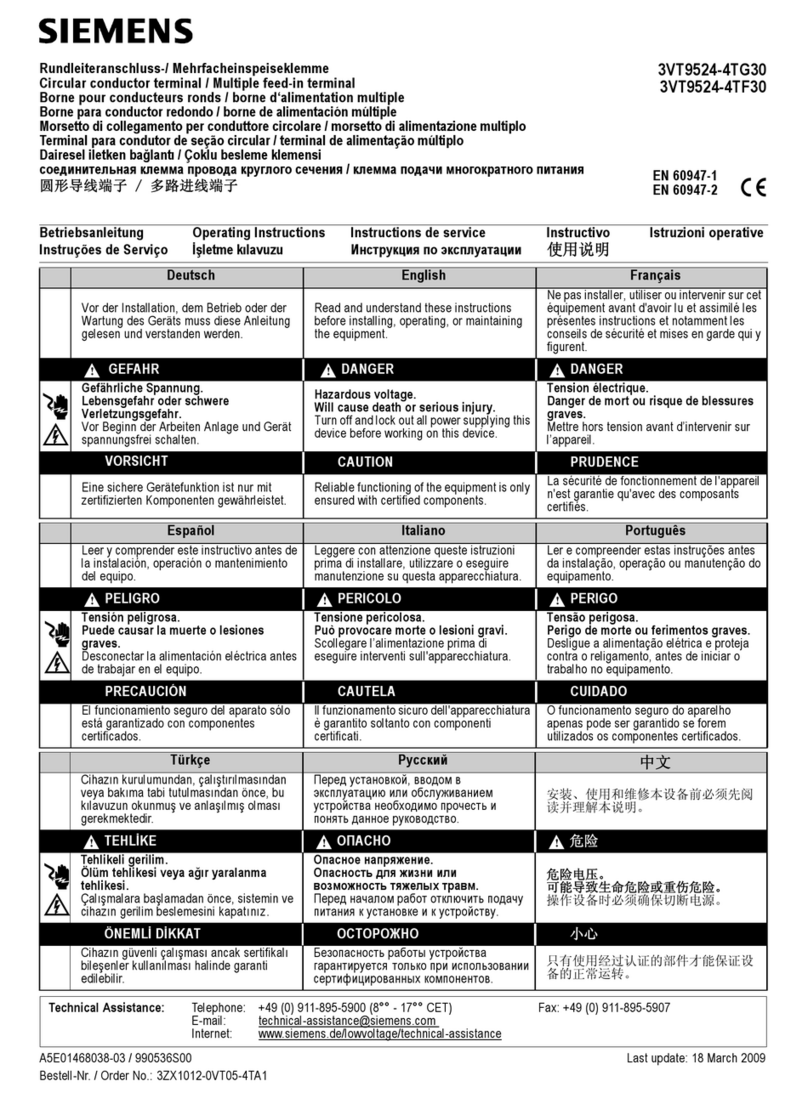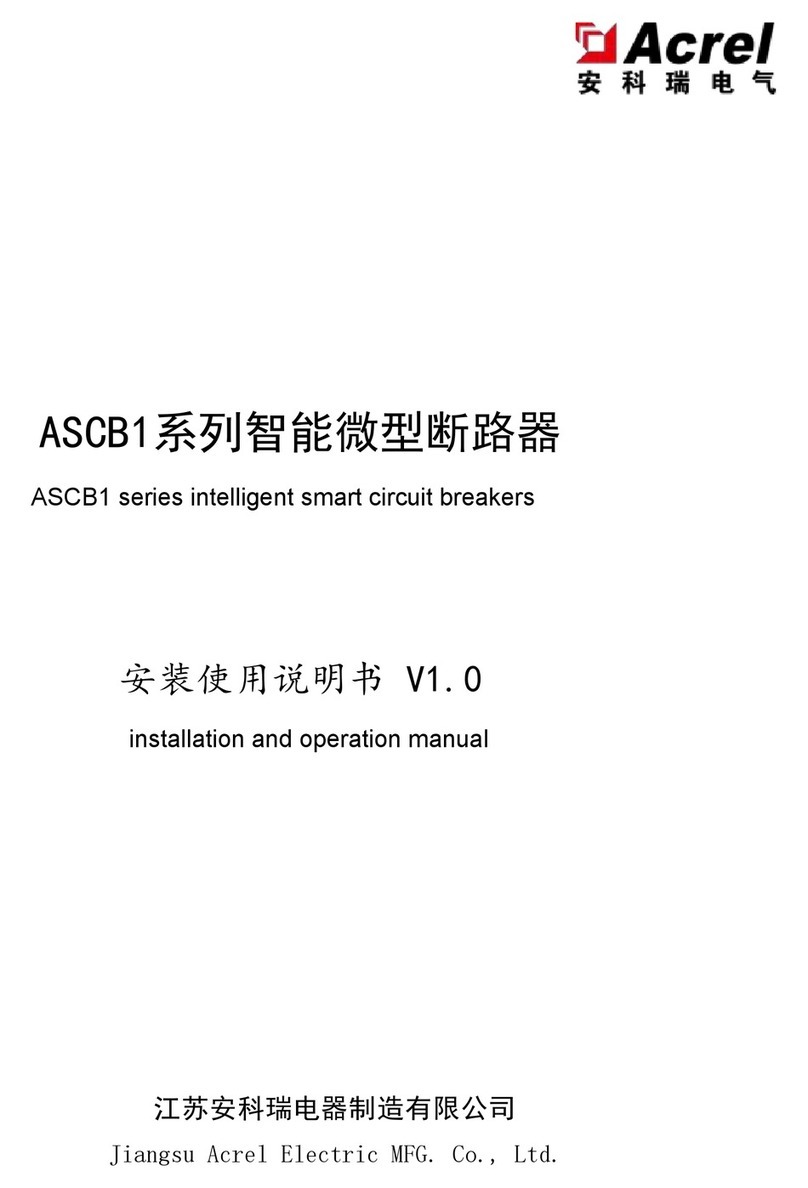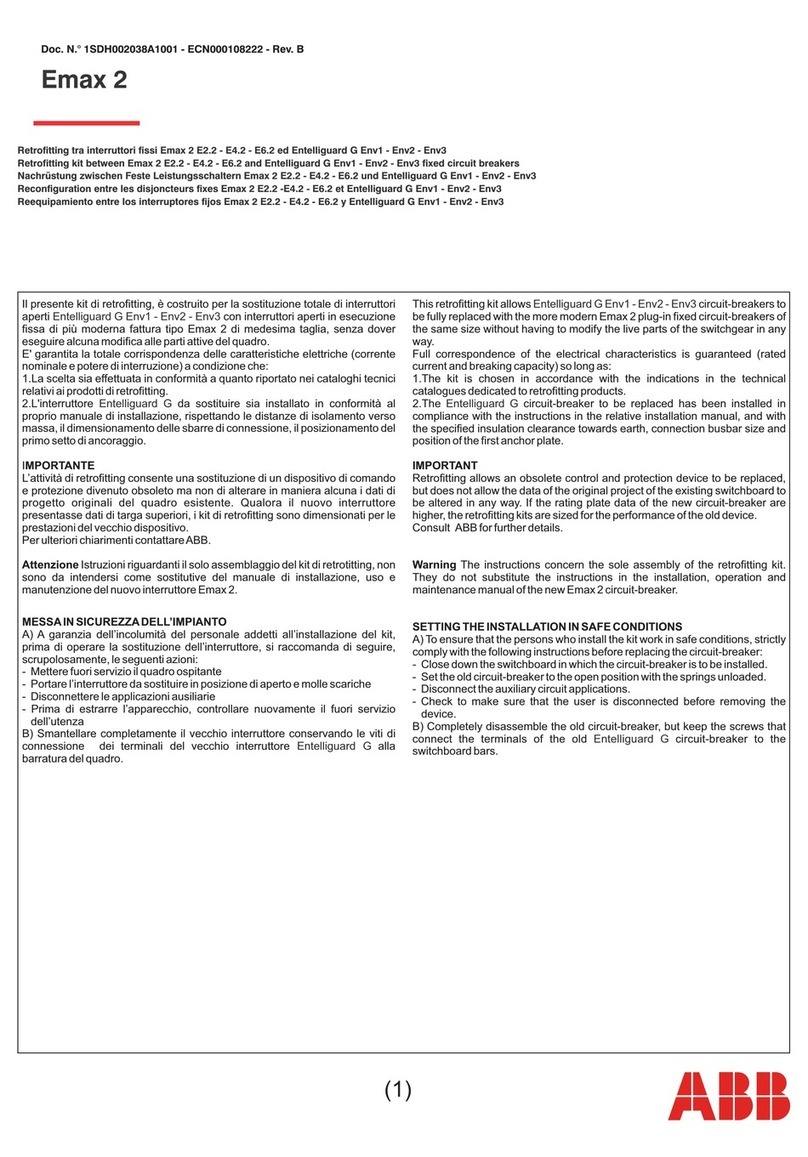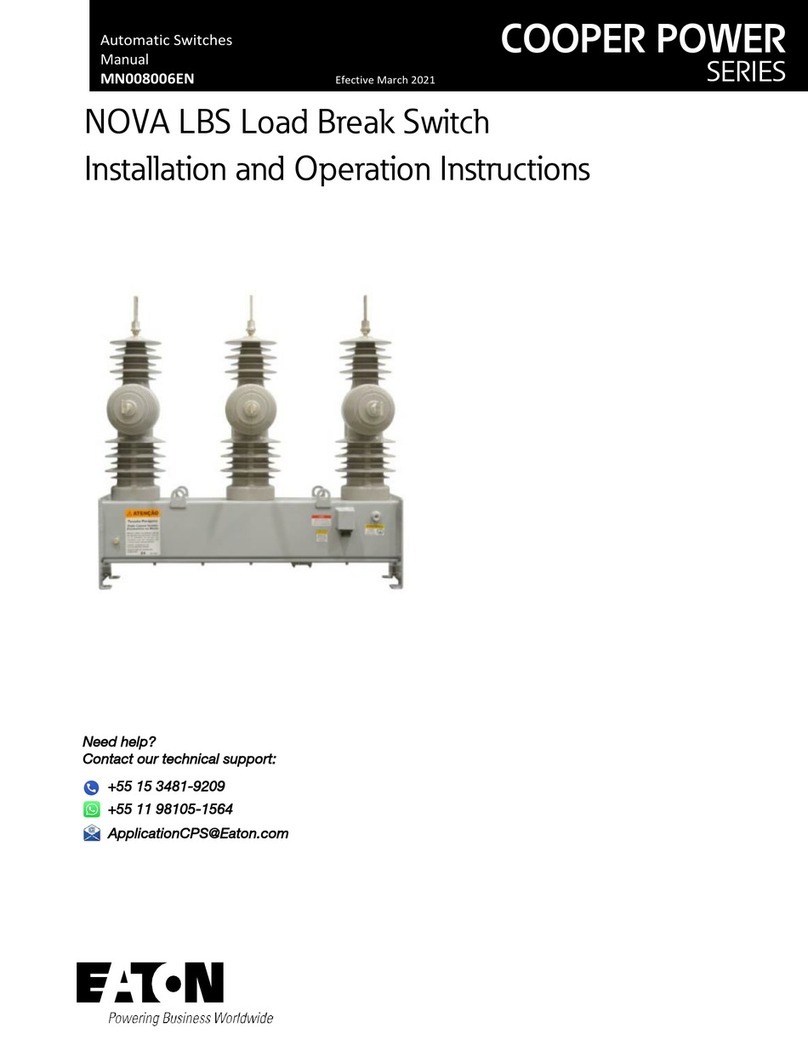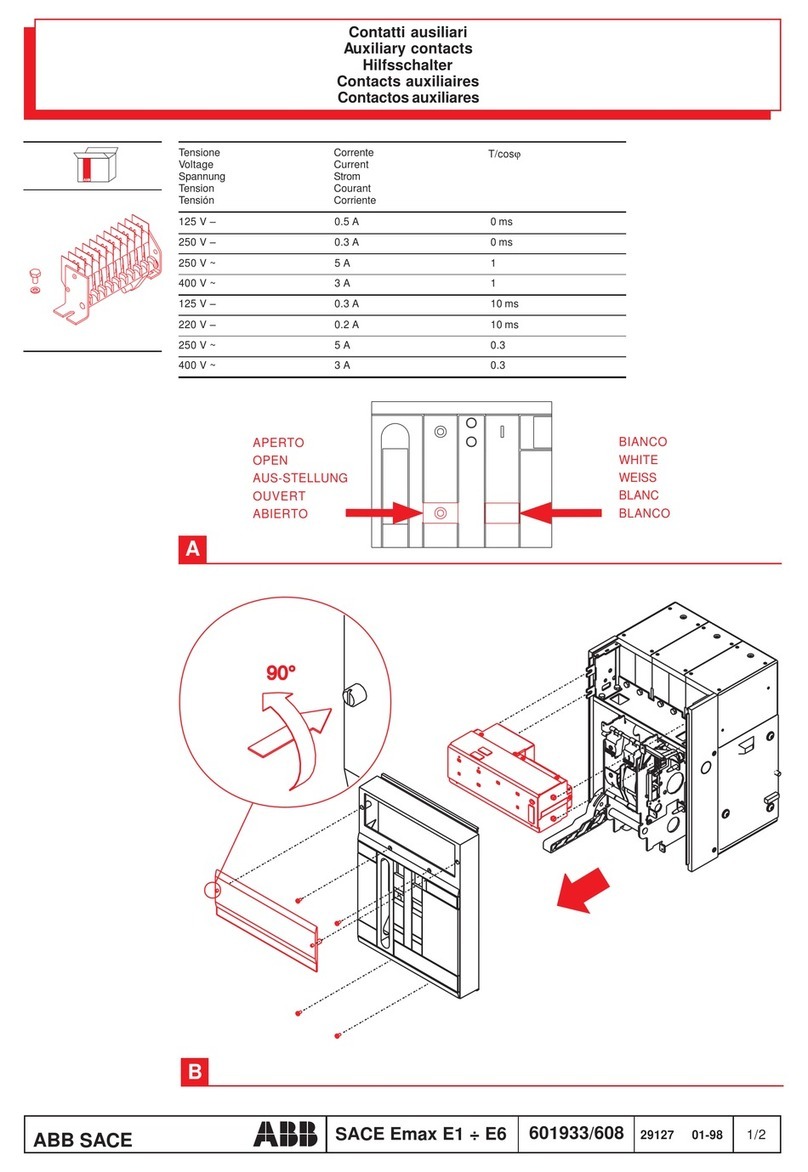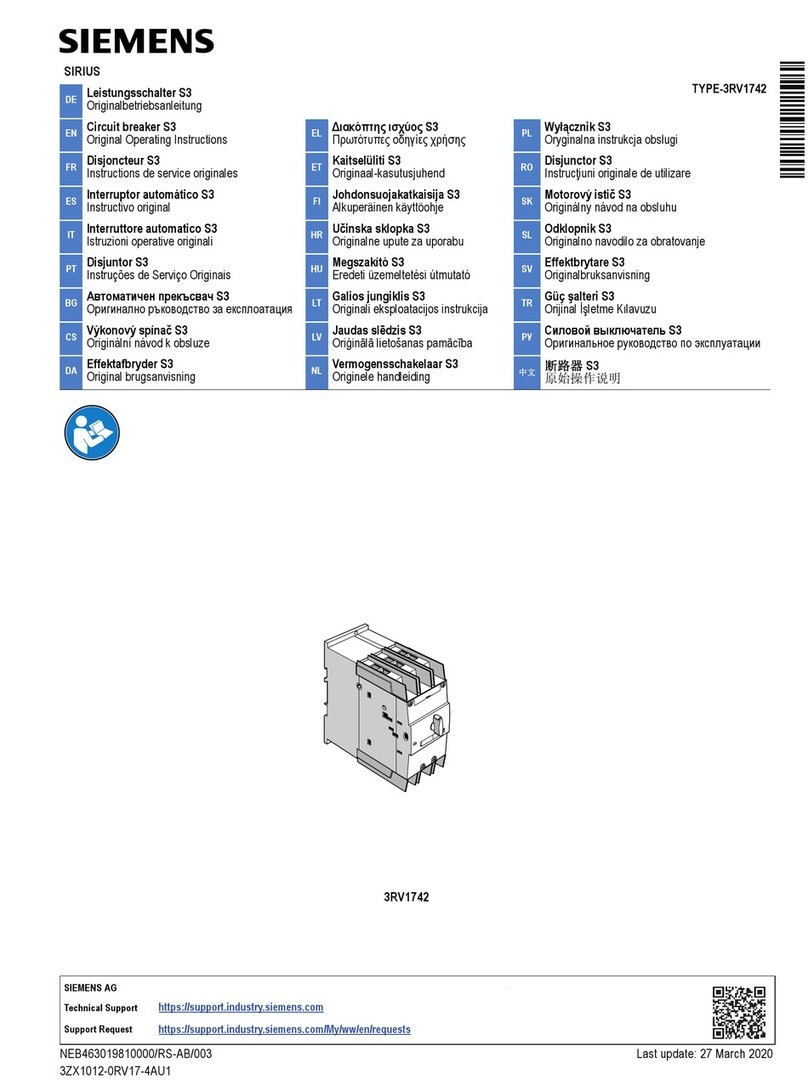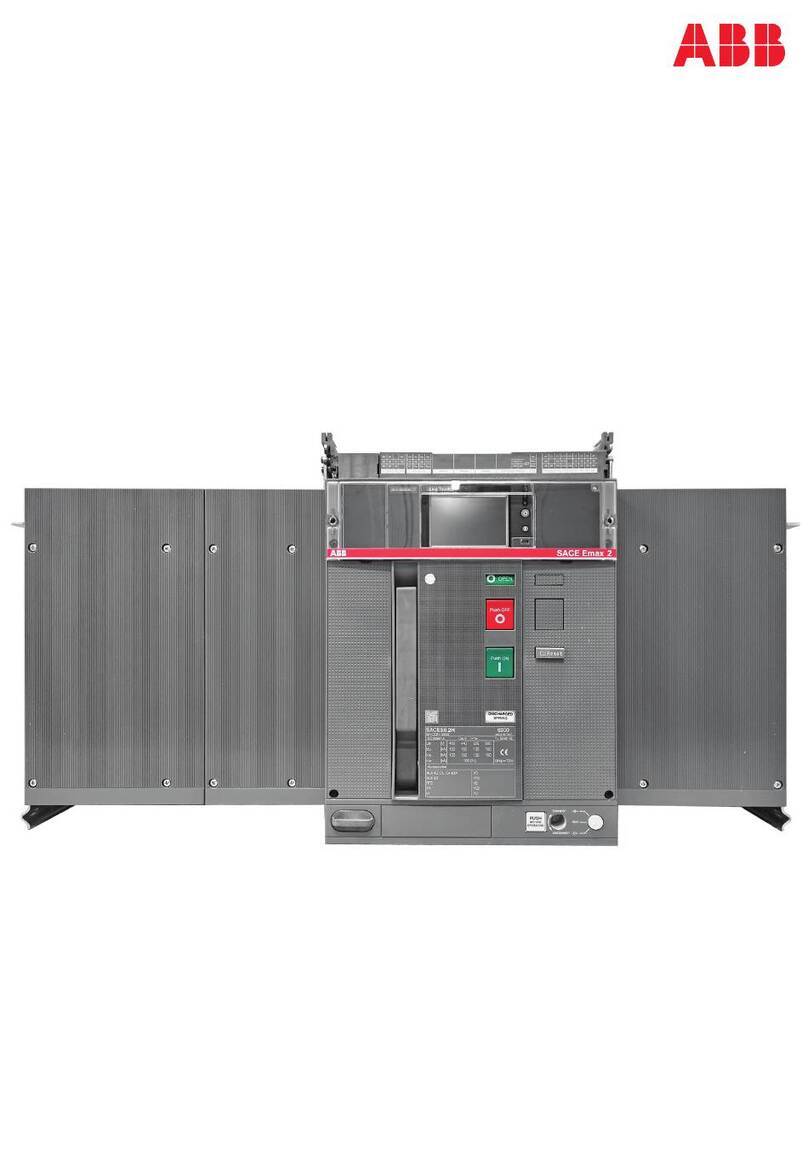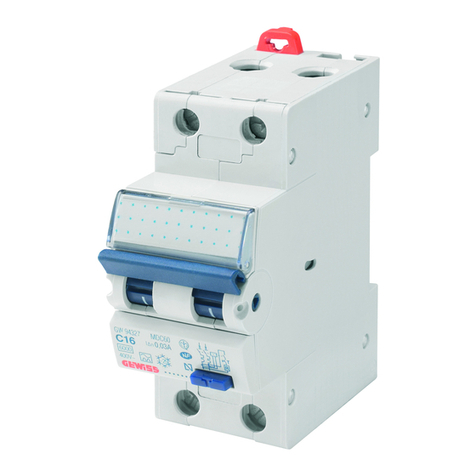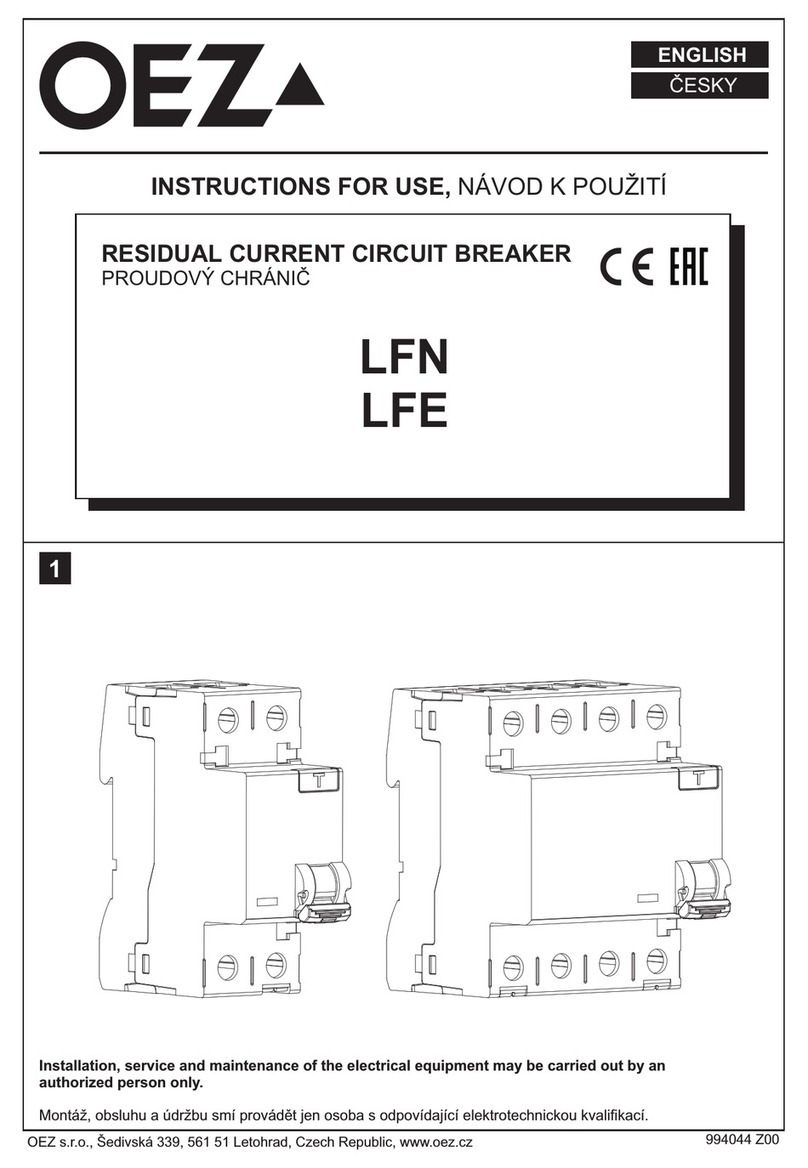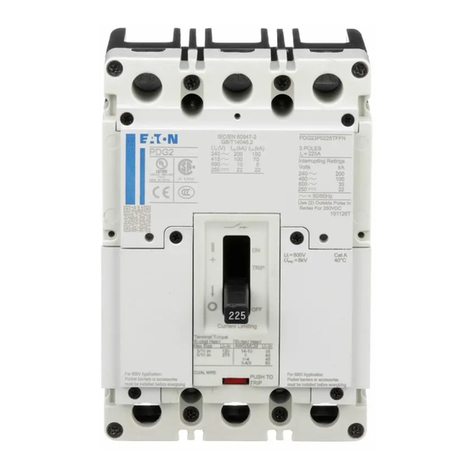
InteliMainsNT, SW version 3.2.0
InteliMains-NT-MCB-MGCB-3.2.0-Reference Guide.pdf, ©ComAp –April 2015
4.6 Related tools............................................................................................................................. 42
5Operator guide.............................................................................................................................. 43
5.1 IM-NT........................................................................................................................................ 43
5.2 Systems with InteliVision displays............................................................................................ 43
6Firmware and Archives................................................................................................................ 44
6.1 BaseBox type controllers.......................................................................................................... 44
6.2 Graphical Character type controllers........................................................................................ 44
7Function description.................................................................................................................... 45
7.1 Overview................................................................................................................................... 45
7.2 Modes....................................................................................................................................... 57
7.2.1 OFF mode........................................................................................................................ 57
7.2.2 MAN mode....................................................................................................................... 57
7.2.3 AUT mode........................................................................................................................ 57
7.2.4 TEST mode...................................................................................................................... 57
7.3 Process Limitation .................................................................................................................... 61
7.3.1 MGCB.............................................................................................................................. 61
7.3.2 MCB................................................................................................................................. 64
7.4 System start.............................................................................................................................. 65
7.5 StartUpSynchronization............................................................................................................ 66
7.6 Power management ................................................................................................................. 66
7.6.1 Power management limitations........................................................................................ 66
7.6.2 Basic Power management............................................................................................... 67
7.6.3 Automatic priority swapping............................................................................................. 80
7.6.4 Minimum Running Power................................................................................................. 96
7.6.5 Control Groups................................................................................................................. 98
7.6.6 Load shedding based on active power............................................................................ 99
7.6.7 Load shedding based on frequency .............................................................................. 100
7.6.8 Peak shaving based on Active and Apparent Power .................................................... 102
7.7 Remote Alarm Messaging...................................................................................................... 102
7.7.1 Communication Types for Remote Alarm Messaging................................................... 102
7.7.2 Example of setting ......................................................................................................... 103
7.8 Controller Redundancy........................................................................................................... 103
7.8.1 Redundant systems using binary signals ...................................................................... 104
7.8.2 Redundant systems using CAN bus.............................................................................. 104
7.9 System load control modes.................................................................................................... 106
7.9.1 SYSBLD->LS................................................................................................................. 106
7.9.2 ANEXSYSBLD->LS....................................................................................................... 106
7.9.3 IMP/EXP ........................................................................................................................ 107
7.9.4 ANEXT IMP/EXP ........................................................................................................... 107
7.9.5 T BY PWR...................................................................................................................... 107
7.9.6 Managing system load control modes........................................................................... 108
7.10 System PF control modes ...................................................................................................... 113
7.10.1 PF IMP/EXP................................................................................................................... 113
7.10.2 PF ANEXT IMP/EXP...................................................................................................... 113
7.11 Automatic Mains Failure function ........................................................................................... 113
7.12 Regulation loops..................................................................................................................... 115
7.12.1 PI regulation adjustment................................................................................................ 116
7.13 Force value –step by step guide ........................................................................................... 117
7.14 Values for continuous writing from external sources.............................................................. 118
7.15 General Purpose Timers ........................................................................................................ 119
7.15.1 Timer modes.................................................................................................................. 119
7.16 History Related functions........................................................................................................ 120
7.16.1 History Records Adjustment.......................................................................................... 120
7.16.2 Time Stamp function...................................................................................................... 121
7.16.3 Time and Date Intercontroller Sharing........................................................................... 121
7.16.4 Summer Time Mode ...................................................................................................... 121
7.17 User Buttons........................................................................................................................... 121
7.18 Remote Control Function........................................................................................................ 122
7.19 Virtual Peripheral Inputs-Outputs (VPIO) module .................................................................. 123
